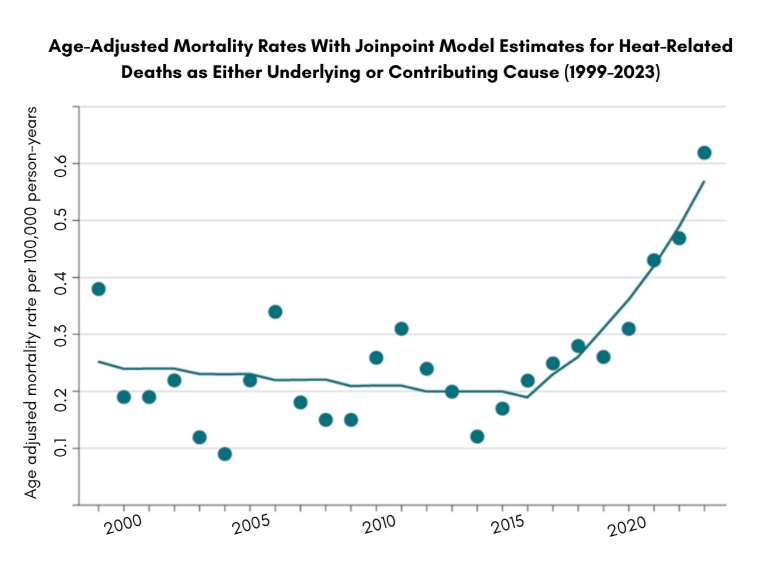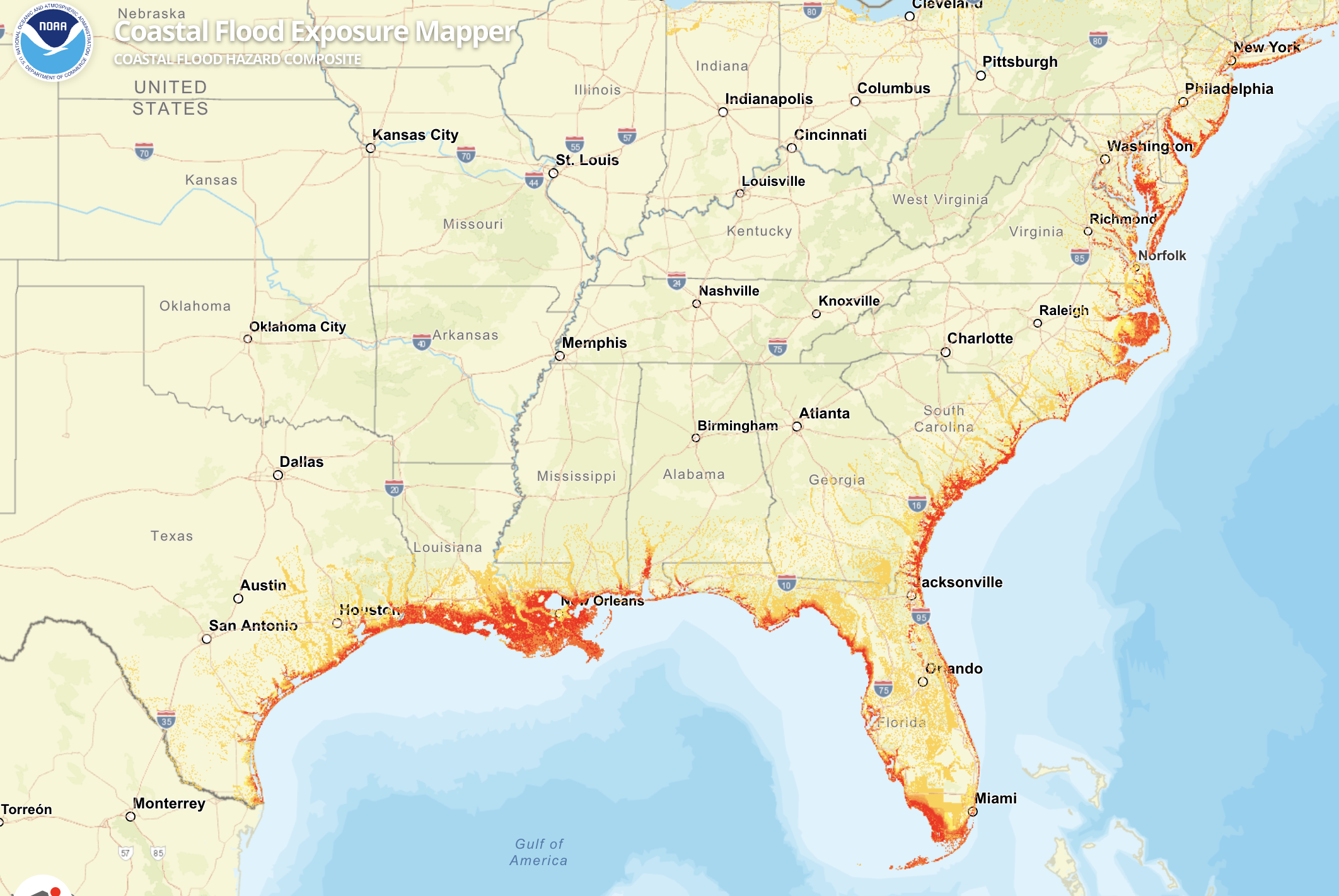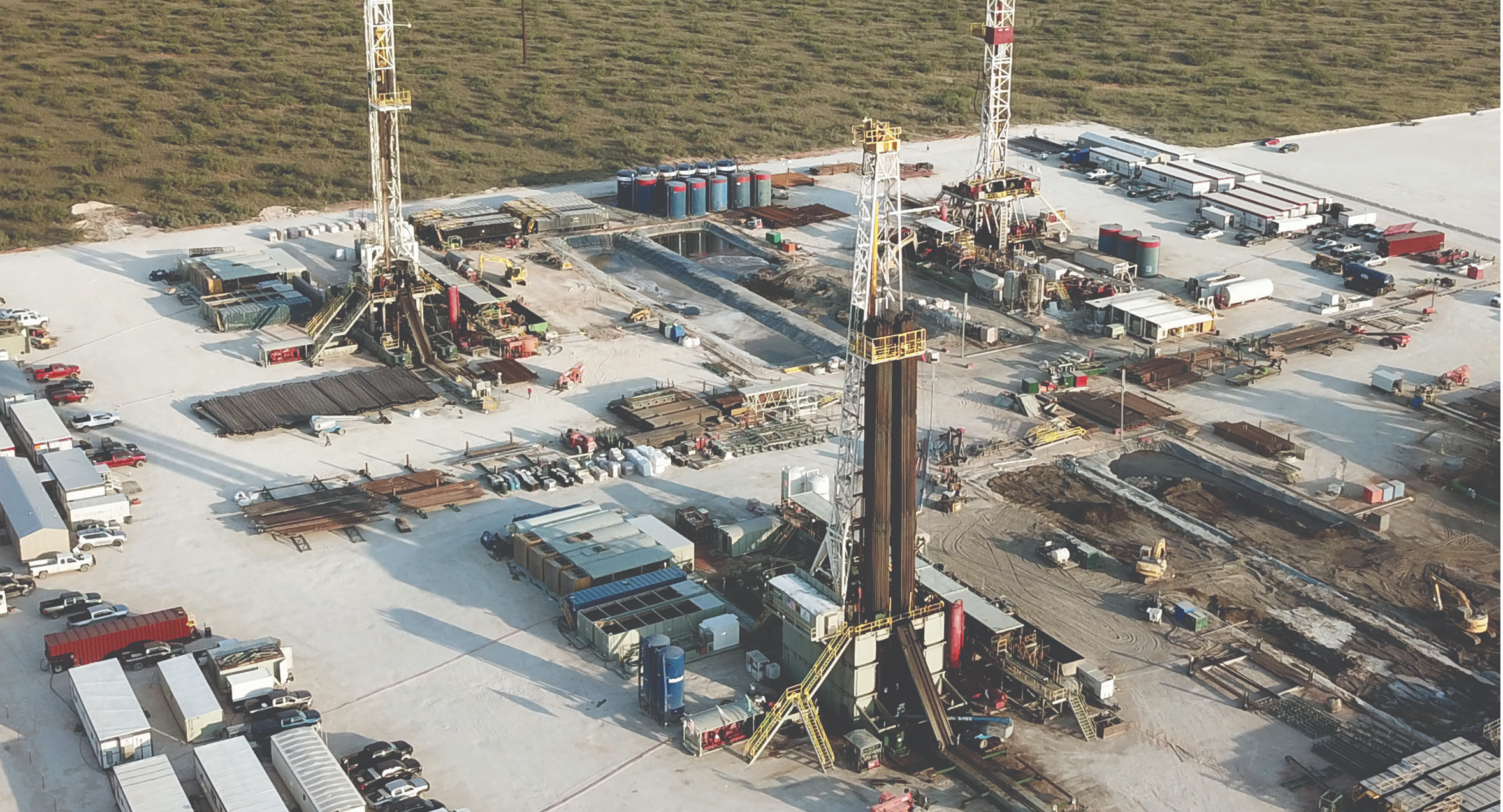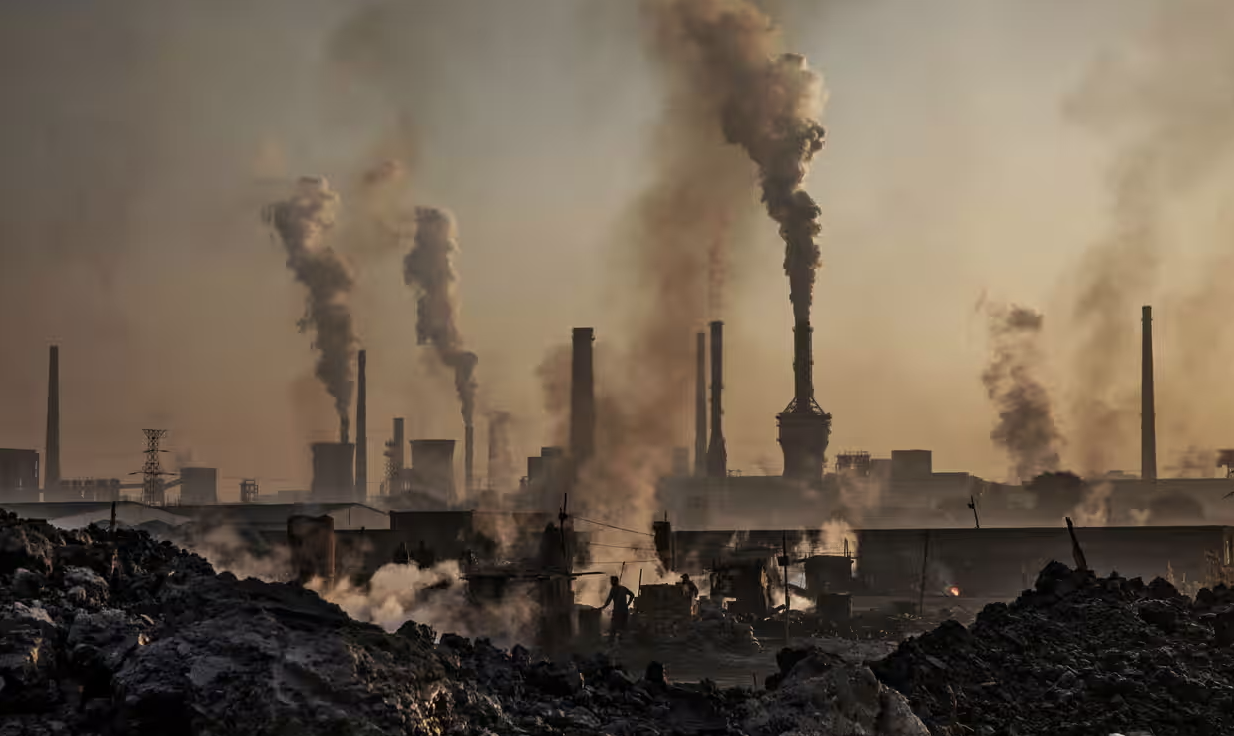
How do we know Climate change is real?
Extreme Weather
CLIMATE CHANGE CAUSES…
In the last 20 years, we’ve seen an unprecedented increase in extreme weather events. How do we know this? The data proves it.
Until 2005, there were less than 5 billion dollar weather events per year in the US. Now, the US averages 23 per year (NOAA).
This is because human-caused climate change warms the air and oceans. Warmer air holds more moisture, and warmer oceans provide more energy—fueling the production of more frequent and intense weather extremes like tornados, tropical cyclones, heat waves, and polar vortex disruptions.
more heat related deaths
CLIMATE CHANGE AlSO CAUSES…
The past ten years 2015-2024 are the ten warmest years on record (WMO).
That’s pretty unbelievable. Better believe it, though.
If the unprecedented speed and scale of modern warming doesn’t alarm you, maybe this will: heat-related mortality rates have tripled in the last 10 years—after a 30 year period of stagnancy.
Global warming isn’t just killing the planet, it’s killing people too.
CLIMATE CHANGE ALSO CAUSES…
THREATS TO FOOD
In 2012, KPMG predicted that global food prices could increase 70-90% by 2030.
In June 2025, new analysis concluded that for every additional degree of warming in Celsius, crop yields are projected to decline by 4.4%.
While many factors shape food costs—like extreme weather, geopolitical conflict, and high input costs—climate change is a compounding factor behind them all. Hotter temperatures and worsening droughts cut crop yields, shrink supply, and push prices up. Hurricanes, tornados, and other extreme weather events can destroy an entire field of crops in one isolated incident.
The IPCC confirms it: climate change is already harming food production and will likely make prices even more volatile in the years ahead.
Tap this map to navigate to Carbon Brief’s visualization that displays climate-powered weather impacts on food production
CLIMATE CHANGE AlSO CAUSES…
SEA Level Rise
Since 1880, sea levels have risen 8 inches.
By 2050, they'll rise 10-12 more—in just 25 years.
Even if global climate goals are met, 2.5 million Americans and $117 billion in coastal property could face severe flooding.
And that’s the best-case scenario.
Unfortunately, sea levels in 2024 rose even faster than NASA predicted—meaning that even more people than predicted, especially along the Gulf and East Coasts, will face growing threats to their homes, incomes, and futures because of flooding.

How does UT AUSTIN contribute to climate change?
UT Austin perpetuates the climate crisis by…
UT Austin’s on campus power plant, the Carl J. Eckhardt Power Plant, combusts fossil fuels to produce heat and energy.
This Combined Heating and Power Complex (CHP) is championed for its relative efficiency, it is still fundamentally fossil fuel combustion.
Because burning fossil fuels releases toxic pollutants like sulfur dioxide, nitrogen dioxide, benzene, and fine particulate matter (PM2.5), no fossil fuel combustion operation can truly be considered clean. As a result, it is imperative that UT begin exploring and committing to options that minimize air pollution and fossil fuel dependence.
Operating a Natural Gas Power Plant on campus
Photographs by Sarah Frankie Linder
UT Austin perpetuates the climate crisis by…
The Texas Constitution of 1876 granted the UT System 2.1 million acres in West Texas. Today, those lands produce 65,000 barrels of oil equivalent (BOE) per day—oil and gas that will ultimately be refined and combusted, releasing climate-warming greenhouse gases and toxic pollutants into the atmosphere.
From ground to smoke, the UT System profits from a process that accelerates climate change, endangers public health, and undermines its own sustainability goals.
Extracting fossil fuels from university lands
UT Austin perpetuates the climate crisis by…
The university’s ties to fossil fuels go beyond its own lands. Through the Permanent University Fund (PUF), managed by UTIMCO, UT holds equity and debt in over 40 fossil fuel companies around the world (as of 2024).
Just like the campus power plant draws criticism for its emissions, these investments reflect an ongoing commitment to industries that drive harmful, life-threatening pollution—on a global scale.
It’s investments like UT’s that have helped fossil fuels cause 1 in 5 premature deaths worldwide.
UT must not continue the cycle of inaction. Instead, they must either formulate a plan to decrease financial entanglement with the fossil fuel industry, or utilize their power in assets to advocate for better practices.
Investing in fossil fuels

Take Action for a Fossil-Free Future
Sign SFCC’s petition urging The University of Texas at Austin to develop a real Climate Action Plan—one that cuts emissions both on and off campus, and commits to building a healthier, more just, and sustainable future for all.









